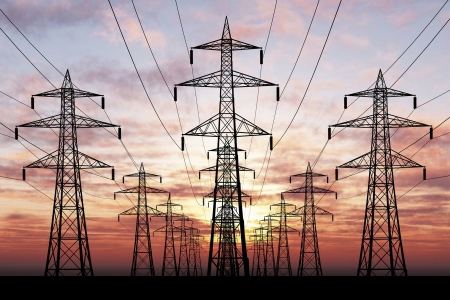BAKU, Azerbaijan, July 22
By Leman Zeynalova – Trend:
If unmanaged, growing fleets of electric vehicles (EVs) might increase strain on the electricity grid, representing additional power demand at peak hours, Trend reports with reference to the International Energy Agency (IEA).
“The number of publicly accessible EV chargers increased to 1.3 million in 2020, and analysis shows that the share of EVs charging during peak demand hours could rise by up to 10 percent by 2030 compared to 2020 levels, potentially triggering line failures.
Time-of-use strategies can optimize this demand, shifting around 60 percent of the power generation capacity needed for charging EVs away from peak loading. Digitalization enables further flexibility services to access the grid, allowing smart EV chargers to react to price signals and incentives, and work in symbiosis with local building and grid loads. Digital aggregation platforms can combine the reactions of thousands of EVs across cities, creating a virtual flexible load. Energy system modelling for California showed that V1G and V2G solutions can reduce peak power and add much more flexibility to the grid than uncontrolled charging,” reads the IEA report.
The report says that further opportunities exist to create a smart charging network infrastructure whereby apps could direct drivers to V2G chargers at times when the power system needs flexibility.
“However, beyond a small number of projects, most charging infrastructure is currently not yet enabled with smart features.
A range of solutions can bring these benefits to cities, including the aggregation of large fleets in residential, commercial and industrial centres; integrating EV charging into urban planning; and amending building codes to encourage smart charging. San Diego’s Power Your Drive Program incentivised the rollout of intelligent chargers at workplaces and dwellings to foster V2G integration, with 3 040 charging points installed at 254 sites. The project avoided 3 400 tonnes of CO2 emissions and managed over 4 GWh of energy.”
---
Follow the author on Twitter: @Lyaman_Zeyn






